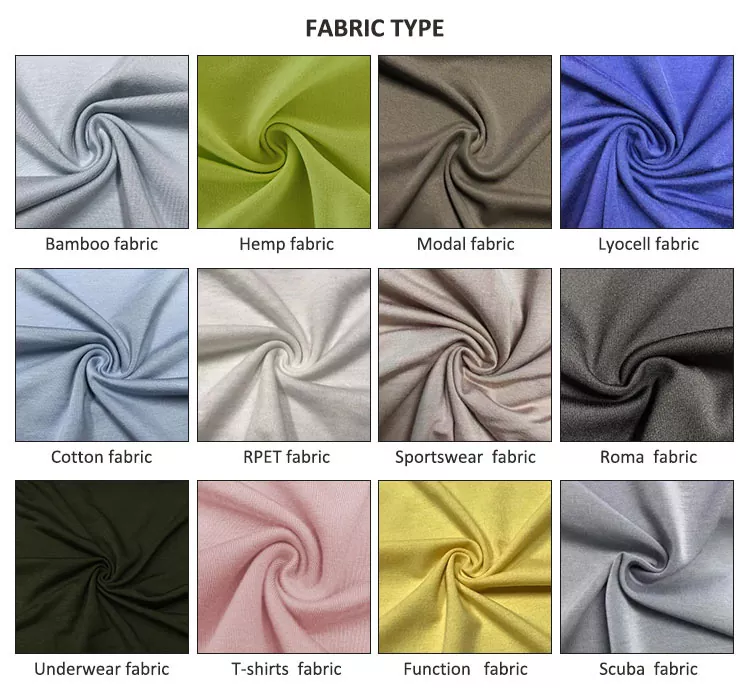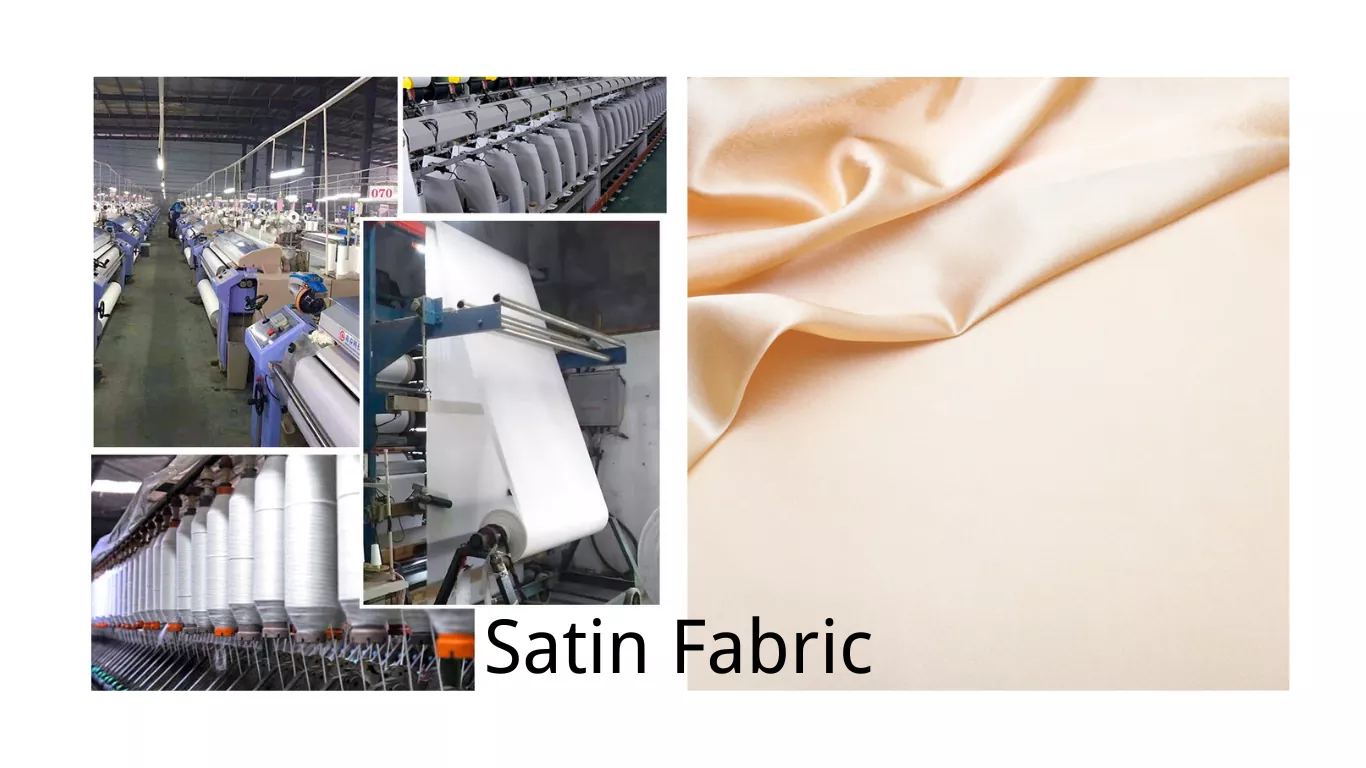From Vision to Reality: Transforming Ideas with Clothing Prototype Manufacturers
In the highly competitive clothing industry, the necessity for thorough and precise initial product testing is more critical than ever. 衣料品試作メーカー play a crucial role in this initial phase of product development. They hold the responsibility of transforming the designer’s vision and technical designs into an accurate and quality physical representation. This enables the brand to physically evaluate the cut, fit, color, and overall appearance before moving forward with full-scale production.
Searching for “clothing prototype manufacturers near me” is often the first step a designer takes in their process to bring their designs to life. Having a close, easy-to-manage relationship with their manufacturers is essential for designers, not only for the ease of communication but also to ensure the resulting prototype delivers their vision accurately. This proximity helps in ironing out potential issues and enables iterative improvements in the design. Thus, clothing prototypes act as an indispensable tool in the armor of clothing designers and fashion houses, helping them to avoid costly mistakes and market misfires.
Clothing prototypes offer numerous benefits to designers and fashion houses. These include:
• Accurate representation of the design: Clothing prototype manufacturers turn the designer’s vision into a tangible product. This allows for an accurate assessment of how the final product will look, feel, and fit.
• Iterative improvements: Prototypes allow for modifications in design before mass production begins. Designers can refine their designs based on feedback from these initial サンプル.
• Cost-saving: By identifying potential issues early in the process, clothing prototypes help avoid costly mistakes during full-scale production.
• Market testing: Prototypes can be used to gauge market response before launching a new line or collection. This provides valuable insights into consumer preferences and trends.
In conclusion, clothing prototypes are vital tools that facilitate effective communication between designers and manufacturers, ensure accuracy in design translation, enable cost-efficient 生産工程, provide opportunities for iterative improvements based on feedbacks received from initial samples; as well as serve as invaluable assets for market testing prior to launch of new collections or lines.
The Process of Turning Design Ideas into Tangible Items
In the world of fashion, transforming abstract design concepts into concrete items is an integral step that requires attention to detail, creativity, and technical skills. Usually, once a designer has finalized their sketches or digital designs, they team up with the best clothing prototype manufacturers to produce a tangible representation of their vision. This critical phase of design development is known as prototyping. It involves material selection, 型紙作成, sewing, and the addition of any final touches such as buttons or zippers.
For example, Pjgarment.com, a renowned clothing prototype manufacturer, combines high-tech production methods with meticulous manual techniques to create high-quality prototypes. Their expert team supports designers in bringing their concepts to life, following the original designs with precision while also suggesting potential enhancements if necessary. During this process, the prototypes undergo numerous rounds of testing and adjustments to attain overall design integrity and maintain the designer’s distinctive style. Indeed, this process of turning design ideas into tangible items shapes the fashion world and fuels its innovative progression.
Selecting the Right Prototype Manufacturer for Your Clothing Line
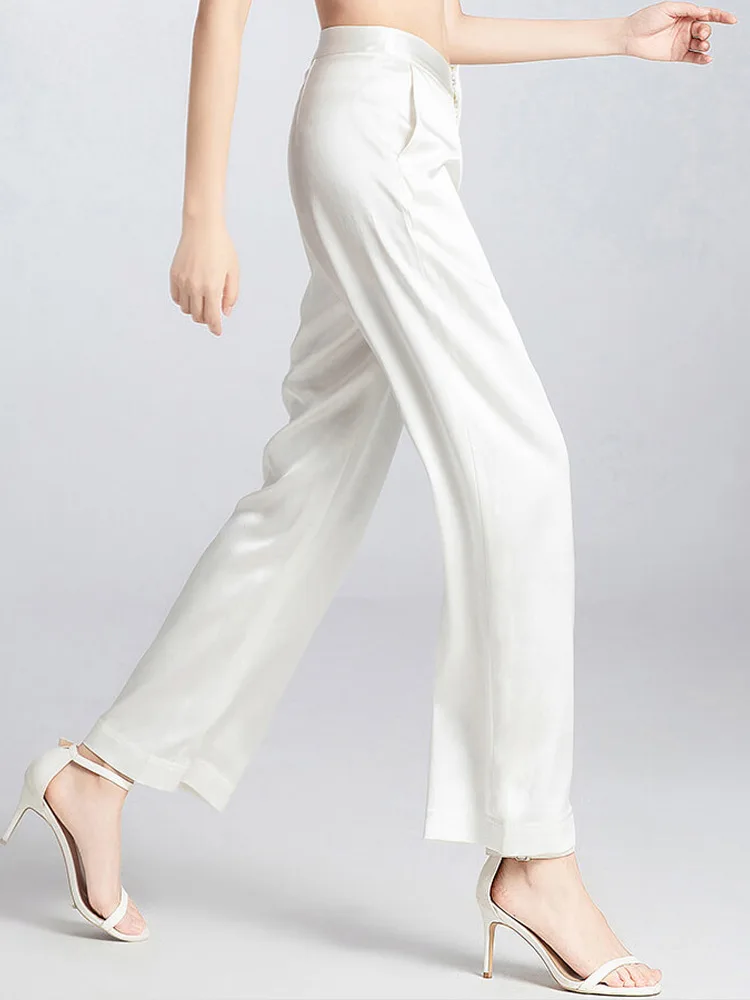
To ensure success in the clothing industry, finding the perfect prototype manufacturer is paramount. When it comes to sourcing high-quality clothing manufacturers prototypes, business owners frequently face a bewildering array of choices. With a multitude of manufacturers spread across the globe boasting varied expertise and showcasing diverse portfolios, the task can appear daunting. Though challenging, identifying the ideal fit is critical. It establishes the initial blueprint for future mass-productions.
That being said, clothing prototype manufacturers in Australia have been steadily building a solid reputation for stringent quality control and excellent communication skills. They understand that a prototype is an embodiment of your brand’s vision and works diligently to form a tangible version of your design ideas. Partnering with these manufacturers ensures an adherence to quality and design standards, often resulting in a superior product. Investing in precision and desired aesthetics during prototyping indeed pays dividends when launching a new アパレルライン.
The Role of Technology in Clothing Prototyping
In recent years, technology has played a pivotal role in propelling the fashion industry into the future. Particularly noticeable is its impact on clothing prototyping, revolutionizing the process and increasing efficiency. For instance, clothing prototype manufacturers in Los Angeles and other global fashion hubs have harnessed the power of technologies such as 3D printing, advanced sewing machines, and sophisticated software tools to streamline their processes. These technologies allow manufacturers to cut, style, and assemble clothing prototypes with remarkable precision and speed, minimizing waste, enhancing output quality, and decreasing time-to-market.
On the other side of the Atlantic, clothing prototype manufacturers in the UK are also adopting advanced technologies to improve their prototyping process. Computer-Aided Design (CAD) software enables designers to create lifelike, 3D models of clothing pieces, thereby providing a detailed view of how the final product will look even before prototyping begins. Furthermore, Artificial Intelligence and Machine Learning have been integrated into the manufacturing process. This application allows manufacturers to predict trends, adapt designs, and fine-tune their processes in real-time. As such, technology is indeed a vital player in shaping the future of clothing prototype manufacturing.
Challenges Encountered in Clothing Prototype Development
When entering the realm of clothing prototype manufacturing, brands often face unique hurdles and complexities. The challenges primarily arise from the need for precision, consistency, and a thorough understanding of fashion dynamics. From intricate design details to fabric selection, every element requires strict standardization and a commitment to quality. In addition, logistical troubles, timely delivery, financial constraints, and manpower quality often create obstacles in the smooth operation of the process.
Among the struggles, finding skilled and reliable clothing prototype manufacturers USA based can be particularly arduous. The pursuit of turning design concepts into a tangible reality requires dealings with manufacturers who not only possess advanced technical abilities but also a grasp of the latest fashion industry trends. The latter ensures an accurate prototype production tailoring to the contemporary market demands. Even established brands face this challenge, underlining the significant role of choosing the correct partner in clothing prototype manufacturing. The partner choice indeed makes a critical difference in the product’s final market output and reception.
How Clothing Prototype Manufacturers Influence Fashion Trends
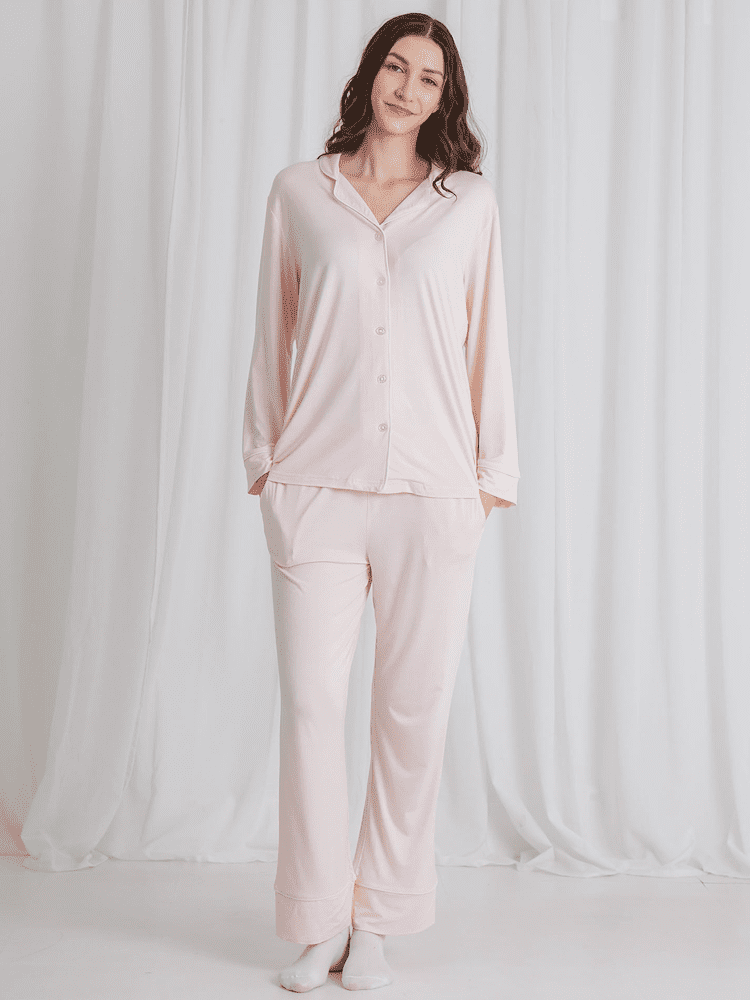
In the dynamic world of fashion, the interface between creativity and practicality is often navigated via clothing prototypes. These physical samples provide not only a tangible representation of the design concept but also set the course for future fashion trends. This is primarily due to the decisions made during the experience of how to get a clothing prototype manufactured. Decisions like fabric selection, detailing, fit, and essential elements of styling play a crucial role in setting trends as these aspects contribute significantly to the uniqueness of the apparel.
Furthermore, the expertise and vision of a prototype clothing manufacturer directly impact the trajectory of style statements. By transforming sketches into three-dimensional models, these manufacturers create a real-world understanding of a designer’s vision. They work in sync with designers to effectively communicate new styles, designs, and patterns, massively influencing and resulting in setting fashion trends. A seasoned manufacturer brings a wealth of industrial knowledge to the table, optimizing the production process, cost, deadline, and overall design, which in turn can lay down the path for a new wave in the fashion industry.
The Financial Implications of Working with Prototype Manufacturers
Venturing into the realm of fashion design involves deep understanding of not only the creative aspects but also the financial factors associated. Collaborating with prototype clothing manufacturers, especially in global fashion hubs like the UK, has a myriad of financial implications. The initial cost may seem quite steep, taking into consideration the precision and technical expertise invested in detailing each piece. Moreover, the charges incurred excluding fabric costs, sampling costs, pattern making charges, shipping charges, and modification costs also add up to the total expenditure when working with a prototype アパレルメーカー in UK.
Further, while choosing garment prototype manufacturers, several financial considerations come into play. This includes understanding their pricing structure and comparing the costs with other manufacturers globally. Also, one other vital aspect is the cost of perfection. The very essence of prototype creation lies in its iterative process, which means the more times a prototype is altered and improved, the more cost it incurs. Hence, while it is crucial to iterate prototypes for the best outcome, it is necessary to take into account the financial implications and budget accordingly. It’s indispensable to negotiate terms with the manufacturers and ensure a clear communication of expectations to avoid unforeseen expenses.
Sustainable Practices in Clothing Prototype Manufacturing
The burgeoning awareness of environmental concerns in the 21st century has prompted the fashion industry, particularly clothing prototype manufacturers, to pivot towards sustainable practices. This evolution is reflected in numerous facets of clothing prototype manufacturing, from methods employed to the materials used. The extensive use of organic materials such as cotton, bamboo, and hemp during the prototyping phase, not only contributes towards a significant reduction in the environmental footprint but also ensures the longevity and quality of the finalized apparel.
In addition to this move towards sustainable materials, clothing prototype manufacturers are increasingly utilizing advanced technologies to minimize wastage. Cutting-edge software capable of accurate pattern-making and the adoption of 3D printing render prototype development highly efficient, with an almost zero waste production line. Such sustainable practices are becoming the industry norm, shaping the future of clothing design and prototyping, and building a greener future for everyone.
Case Study: Successful Clothing Brands that Started with Prototyping
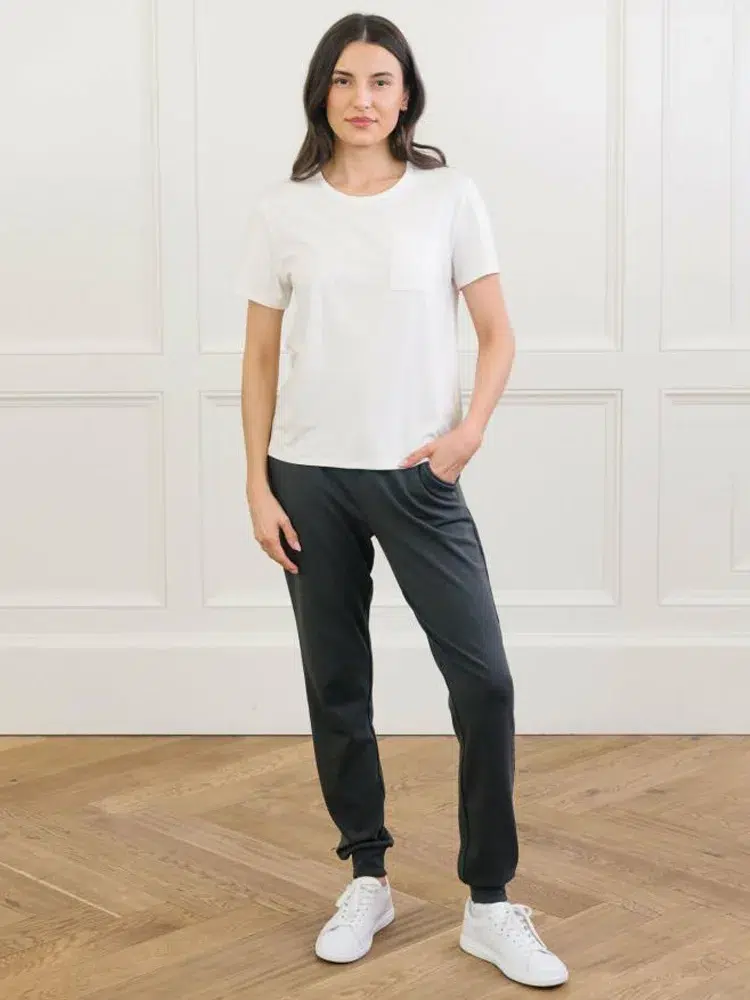
One of the most striking instances of a brand that began its journey with prototyping is Zara, a Spanish apparel retailer known worldwide. From the birth of a design idea to its place on the display racks, the company deploys a significant part of the prototyping process. This facilitates a smooth flow of operations, and thus, Zara can launch new products within weeks. The testing of design ideas and modifications in clothing prototypes forms the backbone of Zara’s competitive edge in the fast fashion industry.
Another inspiring example is the iconic sportswear brand, Nike. Nike’s rise to prominence started with an innovative waffle-designed shoe prototype. The founder, Bill Bowerman, used his wife’s waffle iron to create a prototype for an innovative running shoe. Today, Nike continues to emphasis on prototyping before mass production of its products, thus, fueling its creative process while overcoming design and manufacturing challenges. Thus, ensuring that every product hits right on the consumer’s demand, contributing to Nike’s monumental success.
The Future of Clothing Design: Innovations in Prototype Manufacturing
As we hurtle into the future, the realm of clothing design is aligning with technology, lending to a more dynamic prototyping process. This synergy has given rise to some remarkable innovations in prototype manufacturing, refurbishing the textiles industry. The advent of technologies like 3D printing has changed the game, expediting the process of transforming raw ideas into physical entities. Digital software, used in tandem with 3D printing, has made it possible to create accurate, real-time renderings of garment prototypes, enabling designers to easily identify and rectify potential design flaws before production.
Meanwhile, leaps in artificial intelligence (AI) are shaping the dynamic of prototype manufacturing. Machine learning algorithms can predict consumer trends accurately, making it easier for designers to integrate trend elements into their prototypes. Automated machinery allows for rapid prototyping, yielding tangible products with speed and precision that traditional manufacturing methods simply cannot match. Thus, this blend of creativity and technology is proving instrumental in transforming the future of clothing design.
よくあるご質問
Why are clothing prototypes important in the design process?
Clothing prototypes are crucial in the design process as they allow designers to visualize their concepts, test the functionality and fit of the garment, and make necessary adjustments before the final production.
How are design ideas converted into tangible items?
Design ideas are first sketched and then converted into digital designs. These designs are then used to create patterns that are sewn into physical prototypes. Physical prototypes help designers see how their designs will look and feel in real life.
What should I consider when selecting a prototype manufacturer for my clothing line?
When selecting a prototype manufacturer, consider factors such as their experience, reputation, quality of work, turnaround time, and the cost of their services.
How does technology influence clothing prototyping?
Technology has revolutionized clothing prototyping by introducing digital tools that help designers create more accurate and efficient prototypes. These tools can include 3D modeling software, digital pattern making, and even AI-driven design assistance.
What are some of the challenges encountered in clothing prototype development?
Challenges in clothing prototype development can include achieving the correct fit, sourcing the right materials, cost limitations, and maintaining design integrity while still meeting manufacturing constraints.
How do clothing prototype manufacturers influence fashion trends?
Clothing prototype manufacturers can influence fashion trends through their production capabilities and the type of materials they use. They can also collaborate closely with designers to create innovative and trend-setting garments.
What are the financial implications of working with prototype manufacturers?
Working with prototype manufacturers can involve significant costs, especially for complex designs. However, it can also save money in the long run by identifying potential issues early on, before large-scale production begins.
How are sustainable practices implemented in clothing prototype manufacturing?
Sustainable practices in clothing prototype manufacturing can include using eco-friendly materials, minimizing waste, using energy-efficient manufacturing processes, and employing fair labor practices.
Can you provide an example of successful clothing brands that started with prototyping?
Many successful clothing brands started with prototyping. For example, the founders of Patagonia created prototypes of their outdoor gear and tested them in extreme conditions, leading to a brand known for its durability and functionality.
What innovations can we expect to see in the future of clothing design and prototype manufacturing?
The future of clothing design and prototype manufacturing will likely see more use of technology like AI and 3D modeling, more sustainable practices, and a greater focus on customization and personalization for consumers.


